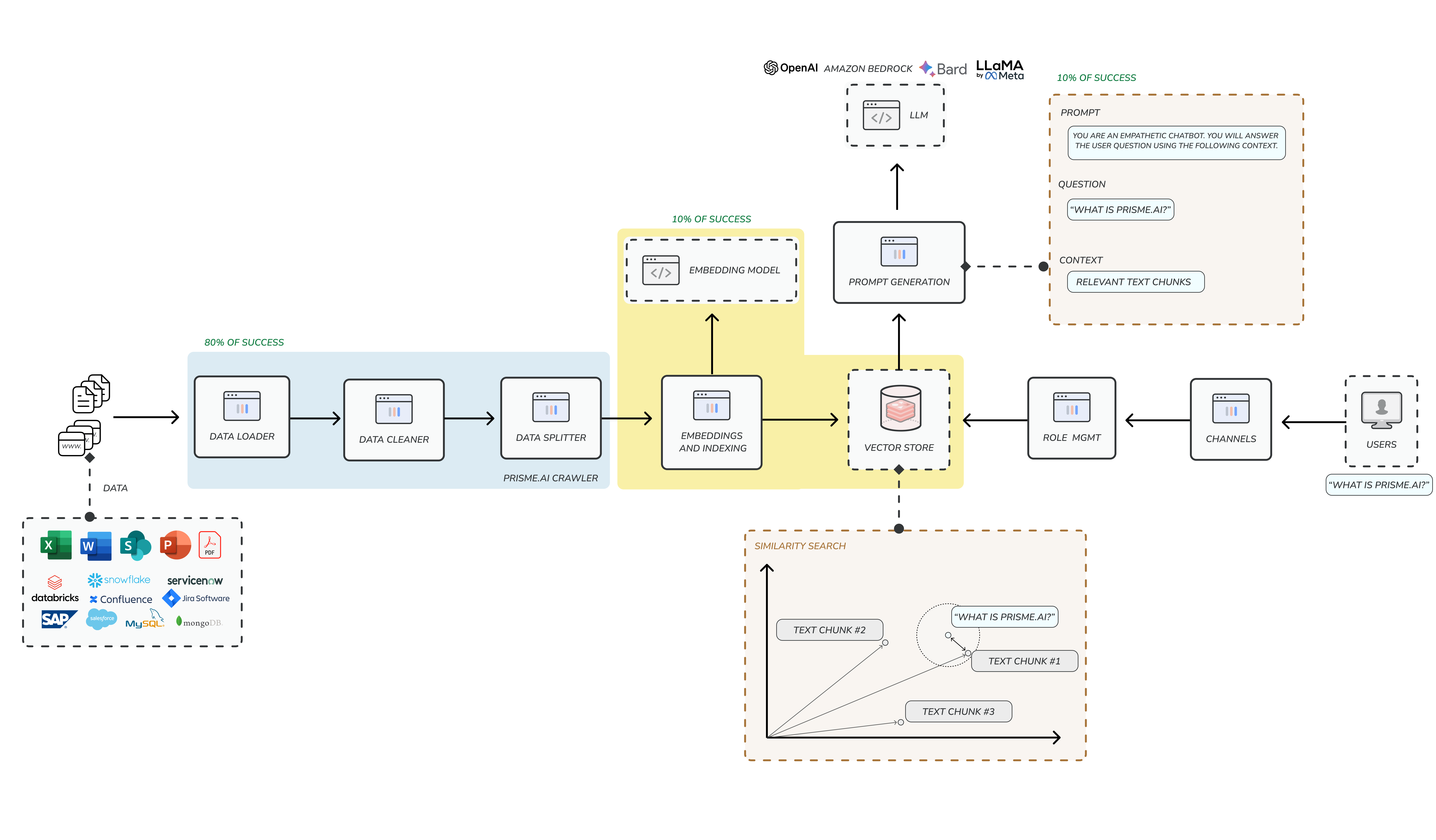Agent Type Comparison
| Agent Type | Key Capabilities | Best For | Technical Complexity |
|---|---|---|---|
| Simple Prompting |
|
| Low |
| RAG Agents |
|
| Medium |
| Tool-Using Agents |
|
| Medium-High |
| Multi-Agent Systems |
|
| High |
Simple Prompting Agents
Simple prompting agents leverage the capabilities of foundation models with specialized instructions, personas, and response formats. While they are the most straightforward to implement, they can still be powerful tools for many business applications.Key Features
- Custom Instructions: Detailed guidance for the agent’s behavior and responses
- Context Management: Control over how the agent maintains conversation history
- Response Formatting: Structured outputs for consistent user experiences
- Persona Definition: Tailored voice, tone, and communication style
Use Cases
Customer Support
Agents that provide consistent answers to common customer inquiries
Content Creation
Assistants that help generate marketing copy, emails, or reports
Training & Onboarding
Agents that help new employees learn company processes and policies
Information Access
Assistants that provide quick access to frequently needed information
RAG Agents
RAG (Retrieval Augmented Generation) agents connect foundation models to your organization’s specific knowledge and information. These agents can access, search, and incorporate proprietary information into their responses.
Key Features
- Knowledge Base Integration: Connection to document repositories and knowledge bases
- Contextual Retrieval: Intelligent selection of relevant information
- Source Attribution: Traceability to source documents
- Factual Grounding: Responses anchored in verified organizational knowledge
Use Cases
Technical Documentation
Agents that help users navigate complex technical information
Policy Guidance
Assistants that provide accurate information about company policies
Product Knowledge
Agents that share detailed product specifications and capabilities
Research Assistance
Assistants that help analyze and extract insights from research collections
Tool-Using Agents
Tool-using agents extend beyond conversation to take actions on behalf of users. These agents can integrate with APIs, access external services, and execute complex tasks across multiple systems.Key Features
- Tool Integration: Connection to internal and external APIs and services
- Tool Selection: Intelligent determination of which tools to use for a task
- Multi-Step Execution: Capability to perform complex sequences of actions
- Error Handling: Graceful management of failures and unexpected results
Use Cases
Data Processing
Agents that can retrieve, analyze, and visualize business data
System Integration
Assistants that connect to CRM, ERP, or other enterprise systems
Workflow Automation
Agents that execute multi-step business processes across systems
Resource Management
Assistants that help schedule, book, or allocate resources
Multi-Agent Systems
Multi-agent systems combine specialized agents into collaborative networks that can handle complex workflows and business processes. These systems distribute tasks, share information, and collectively solve problems beyond the capabilities of individual agents.Key Features
- Specialized Agents: Division of responsibilities among purpose-built agents
- Collaboration Protocols: Structured communication between agents
- Task Distribution: Intelligent allocation of work across the system
- Orchestration: Coordination of multi-agent workflows and processes
Use Cases
Complex Problem Solving
Systems that break down and solve multi-faceted business problems
Cross-Functional Workflows
Agent networks that span departmental boundaries and systems
Specialized Expertise
Collaborative systems that combine different domain experts
Adaptive Processes
Multi-agent workflows that adapt to changing conditions and requirements
Selecting the Right Agent Type
When determining which agent architecture to use, consider these factors:Task Complexity
Task Complexity
Simple tasks can often be handled by simple prompting agents, while complex workflows involving multiple systems may require tool-using agents or multi-agent systems.Ask yourself:
- How many steps are involved in the process?
- Does the task require access to multiple systems?
- Is significant decision-making required?
Knowledge Requirements
Knowledge Requirements
If your agent needs to access organizational knowledge (documents, policies, procedures), a RAG agent is likely the best choice.Consider:
- Does the agent need to reference internal documents?
- Is the information frequently updated?
- Is factual accuracy and attribution important?
Integration Needs
Integration Needs
For agents that need to interact with other systems (databases, APIs, services), tool-using agents provide the necessary capabilities.Evaluate:
- Does the agent need to access external data?
- Will it need to take actions in other systems?
- Are there APIs available for the required integrations?
Technical Resources
Technical Resources
More complex agent types require greater technical expertise to implement and maintain.Consider your team’s:
- Experience with AI systems
- Development resources
- Operational support capabilities
Scalability Requirements
Scalability Requirements
For enterprise-wide deployment, consider how the agent architecture will scale.Think about:
- Number of potential users
- Performance requirements
- Infrastructure considerations
Hybrid Approaches
Many effective enterprise agents combine elements from multiple agent types. For example:- A RAG agent with tool-using capabilities
- A multi-agent system where some agents use RAG
- Simple prompting agents that can escalate to more complex agent types when needed
Next Steps
Ready to start building? Choose an agent type to learn more:Simple Prompting
Get started with basic agents powered by specialized instructions
RAG Agents
Create agents that leverage your organization’s knowledge
Tool-Using Agents
Build agents that can use tools to perform complex tasks
Multi-Agent Systems
Develop collaborative systems with multiple specialized agents